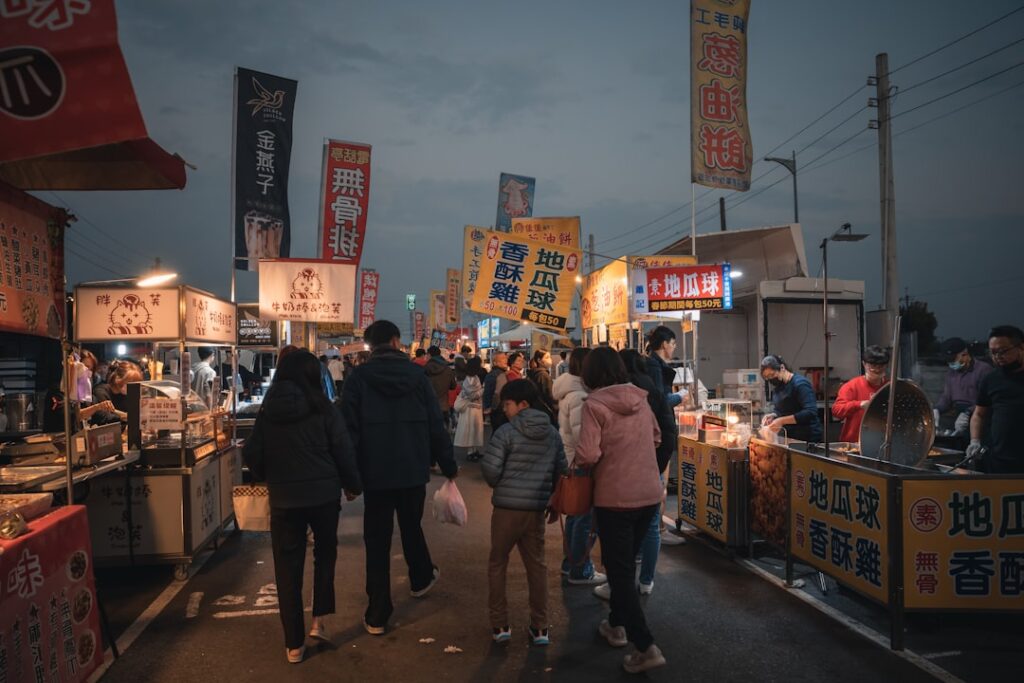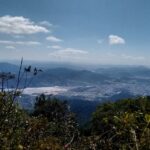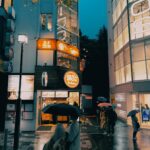Every summer, a magical spectacle takes place in the tranquil corners of Japan: firefly festivals. While the glow of these gentle creatures may seem fleeting, their return to rural riversides marks a cultural revival deeply connected to environmental awareness and community pride. Join us as we journey beyond Japan’s major cities to uncover secret summer light festivals, explore their cultural roots, discover hidden viewing spots, and learn how passionate locals work to protect this enchanting tradition. Prepare to experience the shimmering beauty of Japanese fireflies—and see why this unique event is a must on your next journey.
The History and Revival of Japan’s Firefly Festivals
Fireflies, or hotaru in Japanese, have illuminated poetry, folklore, and summer nights for centuries. Historically, their vibrant presence marked the height of summer, celebrated in riverside gatherings across the country. Over time, however, modernization, riverbank development, and pollution diminished these luminous populations, causing many long-standing festivals to fade away.
Fast-forward to the 21st century, and a renewed environmental consciousness has sparked a firefly revival. Local governments and NPOs are prioritizing river conservation and sustainable tourism, creating more habitats for fireflies to thrive. This grassroots revival is restoring firefly festivals—not just as nostalgic celebrations, but as vibrant hubs for regional pride, eco-education, and community joy.
Secret Firefly Viewing Spots Outside the Greater Tokyo Area
While big cities like Tokyo and Kyoto have their own small firefly events, the true hidden gems are in rural regions, where unspoiled rivers and lush fields invite thousands of fireflies every June and July. Here are a few off-the-beaten-path spots beloved by locals:
- Tsunan, Niigata (新潟県津南町): Known for vast rice paddies and glimmering rivers, Tsunan holds intimate firefly festivals where Genji-botaru (the large, native species) dance above water surfaces.
- Tsukiyono, Gunma (群馬県月夜野): The name “Tsukiyono” literally means “field of moonlit nights”—a poetic setting for firefly displays. Locals guide visitors along riverside walks where fireflies gather in clouds.
- Mino, Gifu (岐阜県美濃市): Famous for both its historic washi paper workshops and pristine streams, Mino hosts small, atmospheric festivals that blend crafts, folk performances, and firefly viewing.
Each location offers a unique charm, from rustic wooden bridges and serene countryside inns to local delicacies and welcoming communities. These are not mass-market tourist spots—they’re sanctuaries for nature lovers and those in search of authentic summer magic.
Community Efforts: Firefly Conservation and Summer Festival Innovations
The resurgence of firefly festivals is powered by passionate residents and volunteer groups. Many communities form hotaru preservation societies that monitor water quality, plant native grasses along riverbanks, and host educational workshops for children.
At festival time, these locals light handmade lanterns (chochin), organize guided night walks, and invite traditional performers to create a dreamy summer soundtrack. Instead of commercial fireworks, natural wonder takes center stage—and visitors are encouraged to observe with quiet appreciation. These festivals are also vital occasions for intergenerational bonding and cultural storytelling, weaving old customs into the fabric of local life.
Experiencing Firefly Viewing: Allure, Etiquette, and Insider Tips
A night spent firefly watching is unforgettable—the gentle flicker of light, the symphony of frogs and flowing streams, and a feeling of being worlds away from city lights. Travelers are warmly welcomed, but a few tips ensure an authentic, respectful experience:
- Observe Quietly: Fireflies are sensitive to noise and light. Keep flashlights off, silence your devices, and speak softly to avoid disturbing them.
- Stay on Paths: Local guides often mark trails to protect delicate habitats. Avoid stepping into riverbanks and wet areas.
- Book a Local Inn: Traditional ryokan or minshuku provide easy festival access and serve homestyle meals with seasonal produce and river fish—a highlight for many visitors.
- Enjoy Regional Cuisine: Try Niigata’s rice dishes, Gifu’s sweetfish, or Gunma’s mountain vegetables—each area pairs its festival with its tastiest local foods.
- Access Information: While these spots are remote, most are reachable by train and bus, sometimes with free festival shuttles or guided walking tours. Reservations (in English!) at local inns are increasingly available online.
Many rural communities have developed foreign-language visitor guides and signage, ensuring international guests feel at home as they embrace this cherished tradition.
Magical Photo Spots & Unique Summer Firefly Activities
Timing is everything—firefly displays peak for only a few weeks each year between mid-June and late July. For photographers, patience is rewarded with surreal images of emerald trails above misty streams. Notable photo spots include rustic pedestrian bridges, lantern-lit footpaths, and open fields where fireflies gather by the hundreds.
Beyond photography, some communities offer unique nighttime river boat rides, guided “hotaru safaris,” and immersive storytelling sessions under the stars. Others host temporary pop-up cafés with locally inspired summer sweets, or workshops where children learn about the firefly life cycle. For those seeking a slower pace and genuine connection, these firefly festivals are the ultimate blend of nature, nostalgia, and new memories.
This summer, step off the beaten path and into Japan’s glowing nightscapes—where community, conservation, and timeless beauty shine brightest.







